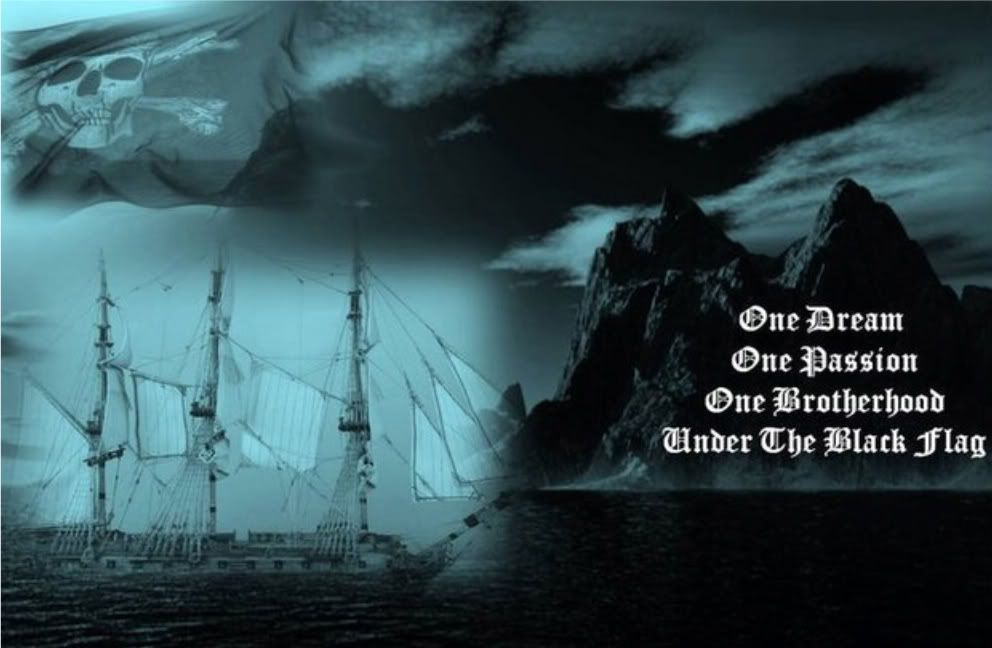Turks & Caicos islands
Caicos, island, Turks 2:40 π.μ.
 The first known inhabitants of the islands were Taíno Indians, who left evidence of their occupation in the form of utensils and a ball court. Locals claim that the islands were the first landfall of Columbus in 1492. Some argue for Grand Turk, where a monument casts the claim in stone. The arrival of Europeans spelled the end for the Taínos, who had either been forced into slavery or had succumbed to European-borne diseases by the mid-16th century.
The first known inhabitants of the islands were Taíno Indians, who left evidence of their occupation in the form of utensils and a ball court. Locals claim that the islands were the first landfall of Columbus in 1492. Some argue for Grand Turk, where a monument casts the claim in stone. The arrival of Europeans spelled the end for the Taínos, who had either been forced into slavery or had succumbed to European-borne diseases by the mid-16th century. Over the next few centuries, ownership of the islands bounced between the French, Spanish and British, ending finally with Great Britain. Despite the colonial struggle for power, the islands' development slowed down as they were not on the main sailing routes, possessed no gold or decent anchorage's and lacked sufficient rain to grow sugar. The islands' remained virtually uninhabited until 1678, when a group of Bermudans settled and began extracting salt and logging trees. Salt traders cleared the land and created the salinas (salt-drying pans) that still exist on many islands. The majority of the salt went aboard boats to supply the cod-fishing industries of New England and the Maritime Provinces of Canada.
The Bermudans prospered, getting the attention of the Spanish and Bahamian government. In 1766 the latter extended its jurisdiction to include the islands. Like their northerly neighbors, the Turks and Caicos became a base for pirates, who were not averse to robbing the wealthy salt merchants' homes. The pirates' evil acts provoked a French attack in 1753, and France claimed the islands. The French were repelled the following year by a British warship from the Carolinas, though the French briefly occupied Grand Turk again in 1778 and 1783.
Following the American War of Independence, the Bermudans on the islands were joined by a group of colonial loyalists, who established cotton plantations. The loyalists brought their slaves, but the plantation era was short-lived: by 1820, the cotton crop had failed, and the majority of planters had moved on. Many left their slaves behind, and eventually they too became salt-rakers.
The archipelago's political fortunes continued to fluctuate. It became a formal part of the Bahamas in 1799, but in 1848, following a petition by the Turks & Caicos residents, it became self-governing under the guidance of the Governor of Jamaica. In 1872 the islands were annexed to Jamaica and remained tied to Jamaica until 1962, when they were again linked to the Bahamas. In 1973 the Turks & Caicos became a separate Crown Colony of Great Britain.
The islands' history over the past five decades has been quiet, though there was much excitement when astronaut John Glenn landed down just off Grand Turk in 1962. At about the same time, the islands were 'discovered' by seven millionaires (including Teddy Roosevelt III and a couple of the DuPonts), who leased land from the British government and built a small airstrip for their private planes and a deep-water anchorage for their yachts. Meanwhile, Count Ferdinand Czernin, son of the last prime minister of the Austro-Hungarian empire, scouted a tiny dot on the map called Pine Cay, on which he planned a Walden Pond-like resort; after his death it became the exclusive Meridian Club resort. Then, in 1984, Club Med opened their resort and the Turks & Caicos started to boom.













